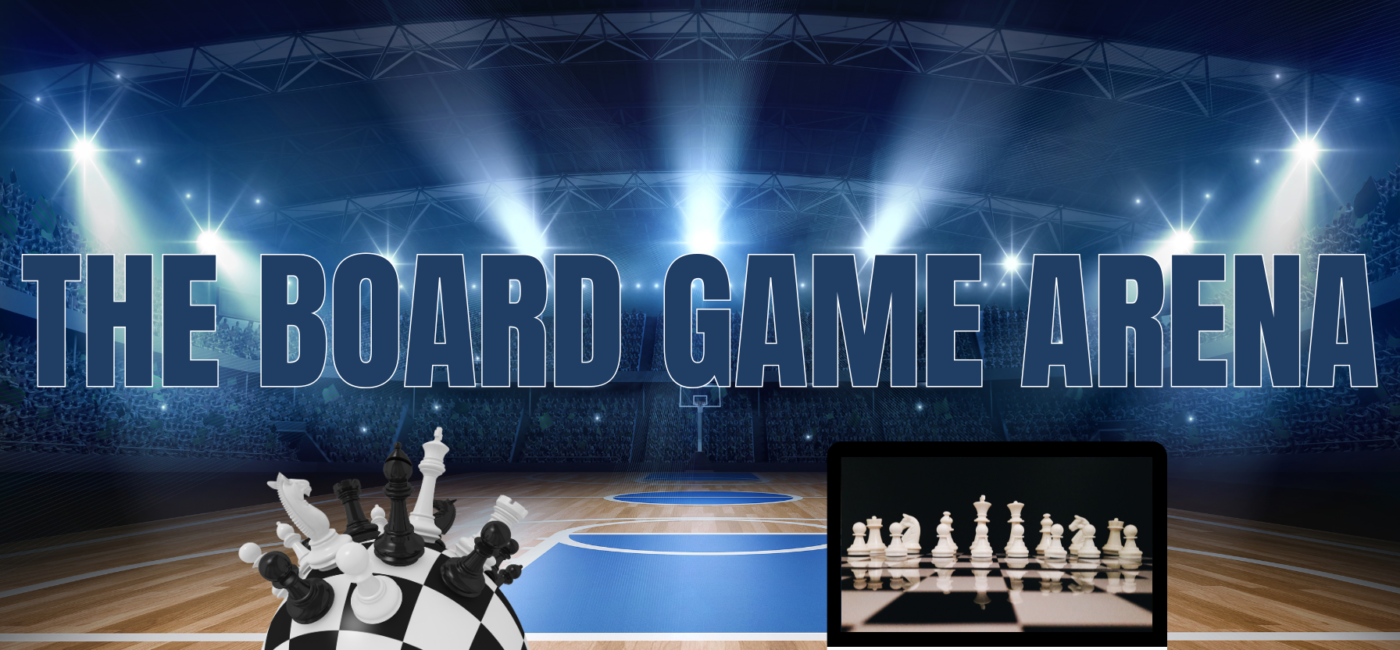Face-to-Face vs. Digital: The Board Game Showdown
Board games, once a staple of family game nights and social gatherings, have evolved with the digital age. While traditional, face-to-face board games still hold a special place in many hearts, digital platforms like Board Game Arena (BGA) offer a convenient and accessible alternative. In this article, we’ll explore the pros and cons of both traditional and digital board games. But before we dive in, let’s just say there’s a little something extra for those who read to the end.
Face-to-Face Board Games: The Classic Charm
Pros:
Social Interaction: Face-to-face games foster genuine connections, allowing players to share laughter, excitement, and friendly competition in person. For example, The 1% Club Board Game, a trivia game based on the popular TV show, can be even more engaging when played in person. The shared experience of answering challenging questions that require logic and reasoning, rather than obscure facts, creates a unique and stimulating atmosphere. As players work together or compete against each other, they can bond over shared knowledge and celebrate their victories.
Tangible Experience: The tactile experience of handling physical components, like cards and dice, adds a unique dimension to the gameplay. For example, in Catan, the satisfaction of placing a settlement on a new hex or trading resources with other players is heightened by the physical act of moving the pieces on the board. The tangible elements create a more immersive and satisfying gaming experience.
Immersive Atmosphere: Gathering around a table creates a dedicated gaming space, enhancing the overall experience. For example, in The Horse Racing Board Game, players can gather around the table and experience the thrill of a race together. The shared excitement of rolling the dice, cheering for their horses, and strategizing their moves creates a unique and immersive atmosphere. This shared experience can lead to lasting memories and friendships.
Cons:
Time and Location Constraints: Scheduling and coordinating with multiple people can be challenging, limiting spontaneous gaming sessions.
Storage and Transportation: Physical board games require board game storage and can be cumbersome to transport.
Limited Accessibility: Players must be physically present to participate, excluding those who are geographically distant or have mobility issues.
Other Great Games for Face-to-Face Play:
Pandemic: The cooperative gameplay and the shared sense of urgency make this game more engaging when played in person.
Dixit: The imaginative storytelling and the shared experience of interpreting and creating images are enhanced by face-to-face interaction.
Board Game Arena: The Digital Frontier
Pros:
Accessibility: BGA allows players from around the world to connect and play together, regardless of location.
Convenience: With digital platforms, you can play games at your own pace, without the need for physical presence. For example, in Terraforming Mars, a complex strategy game involving resource management, card drafting, and terraforming a planet, players can take turns at their own convenience. This allows for more thoughtful decision-making and strategic planning, as players can analyze the board, calculate potential outcomes, and optimize their moves without the pressure of a real-time clock. The digital platform also handles complex calculations and rules, freeing players to focus on the strategic aspects of the game.
Learning Tools: Many games on BGA include tutorials and rule explanations, making it easier for new players to learn. For example, Scythe, a complex strategy game with multiple factions and asymmetric abilities, can be daunting for new players. However, BGA’s interactive tutorials and detailed rulebook make it easier to understand the game’s mechanics and strategic nuances. This allows players to quickly dive into the game and start enjoying the rich and rewarding gameplay.
Cons:
Lack of Social Interaction: While digital platforms enable online communication, they can’t fully replicate the in-person experience of shared laughter and banter.
Technical Issues: Internet connectivity problems or software glitches can disrupt gameplay.
Reduced Immersion: The digital format can sometimes diminish the immersive experience, especially for games that rely heavily on physical components.
Other Great Games for BGA:
Twilight Struggle: The historical context and the intense political maneuvering of this game are well-suited to the digital format, as it allows players to focus on strategy without the distractions of physical components.
Brass: Birmingham: A complex economic strategy game set in the Industrial Revolution. The digital version handles the intricate rules and resource management, allowing players to focus on strategic decisions.
The Verdict: A Balanced Approach
Ultimately, the choice between face-to-face and digital board games depends on your personal preferences and priorities. Both formats offer unique advantages and drawbacks. A balanced approach that combines both can provide the best of both worlds. For example, you could enjoy social gaming sessions with friends and family while using digital platforms to explore new games or connect with online communities.
In conclusion, both face-to-face and digital board games have their own merits. By understanding the strengths and weaknesses of each format, you can make informed decisions about how to enjoy your gaming experiences to the fullest. Ultimately, the best way to enjoy board games is to find what works best for you. And as a special thank you for reading, we’ve got a little reward to show our appreciation, see below a pleasant mix of both worlds.
GoChess: Most Powerful Chess Board
The world’s first truly robotic chess board with AI technology that provides an unprecedented level of realistic gameplay.
With GoChess, distance is no longer a barrier to playing your favorite game of chess, against your opponent of choice! Play with Anyone. Anywhere. Anytime. Whether it’s face-to-face, online, or with AI.

